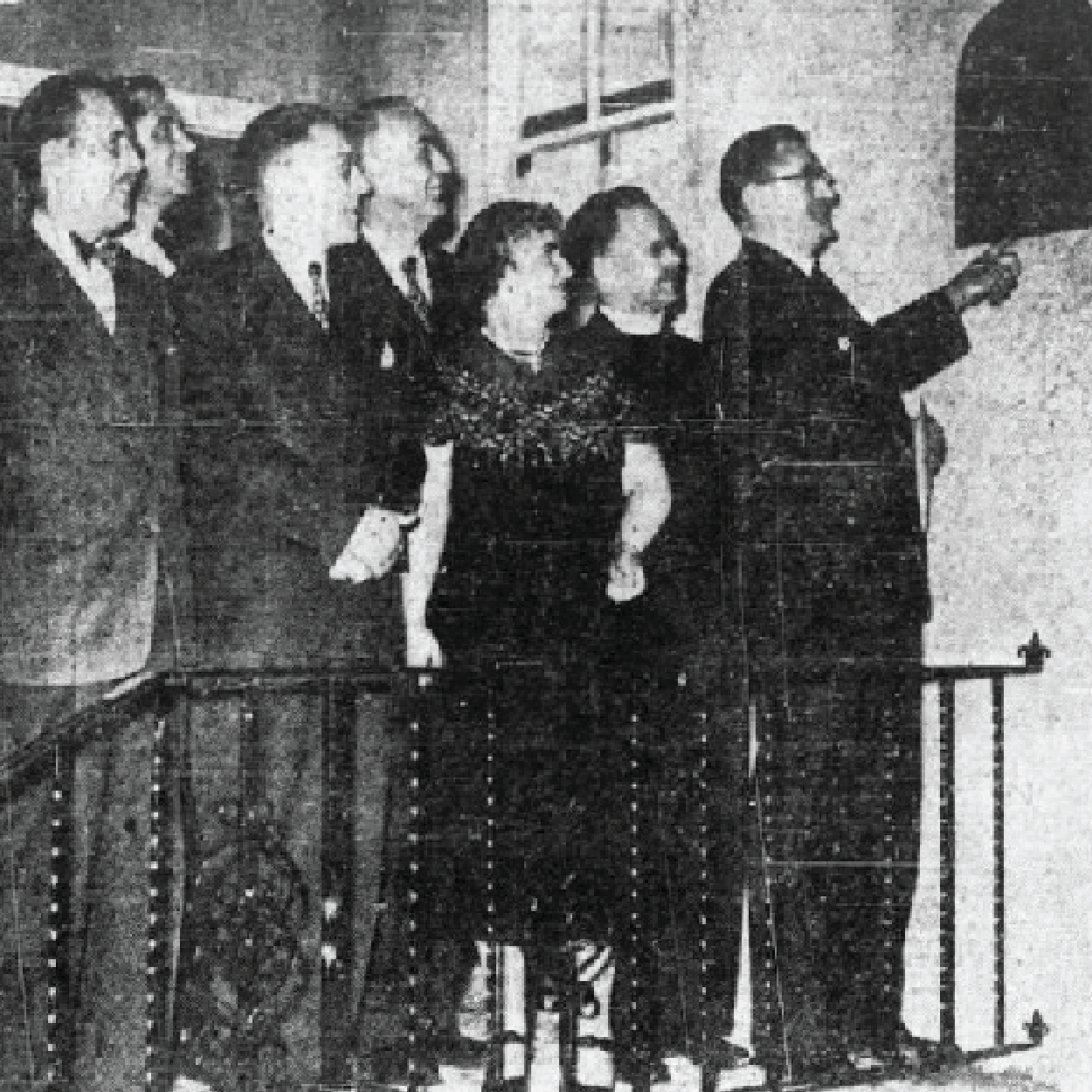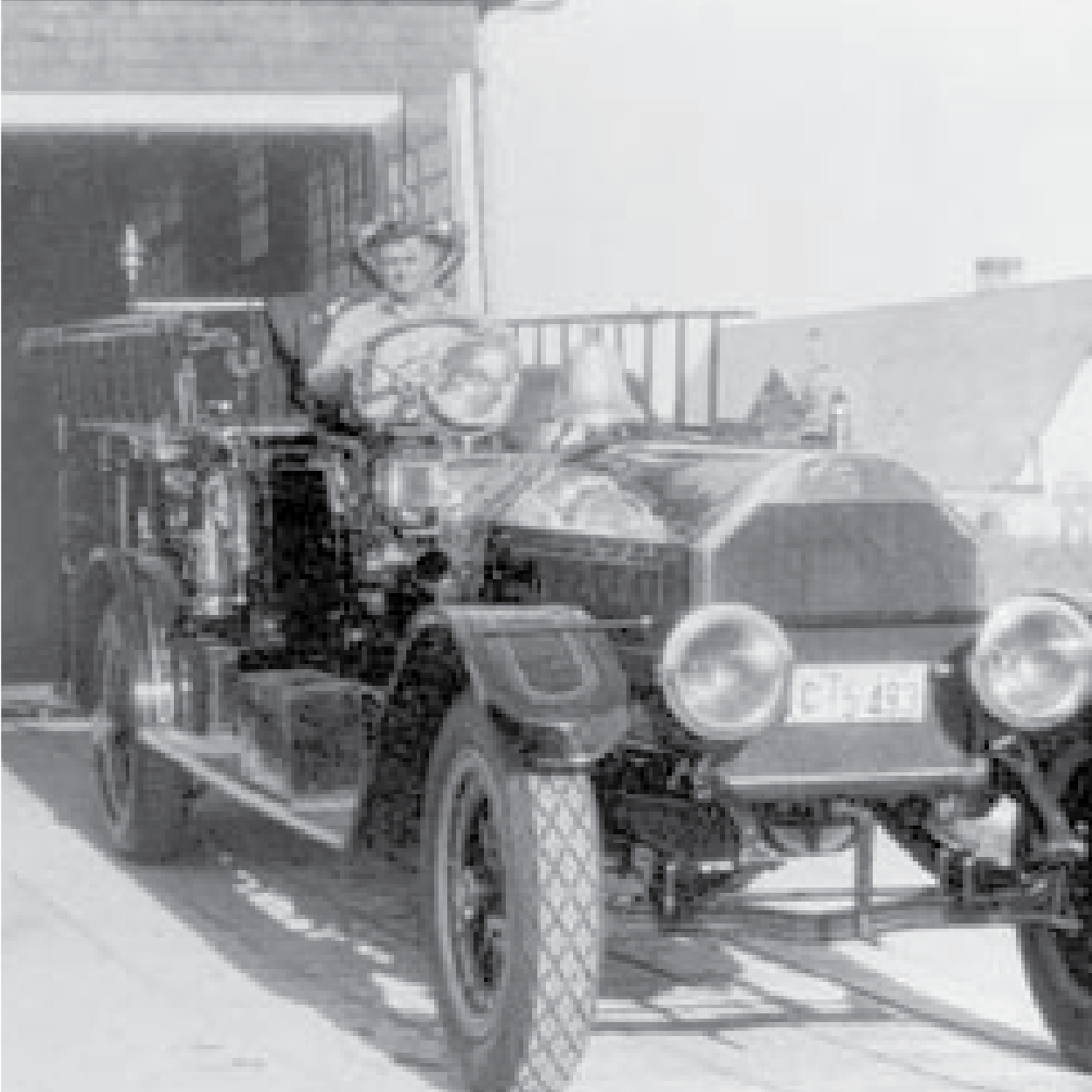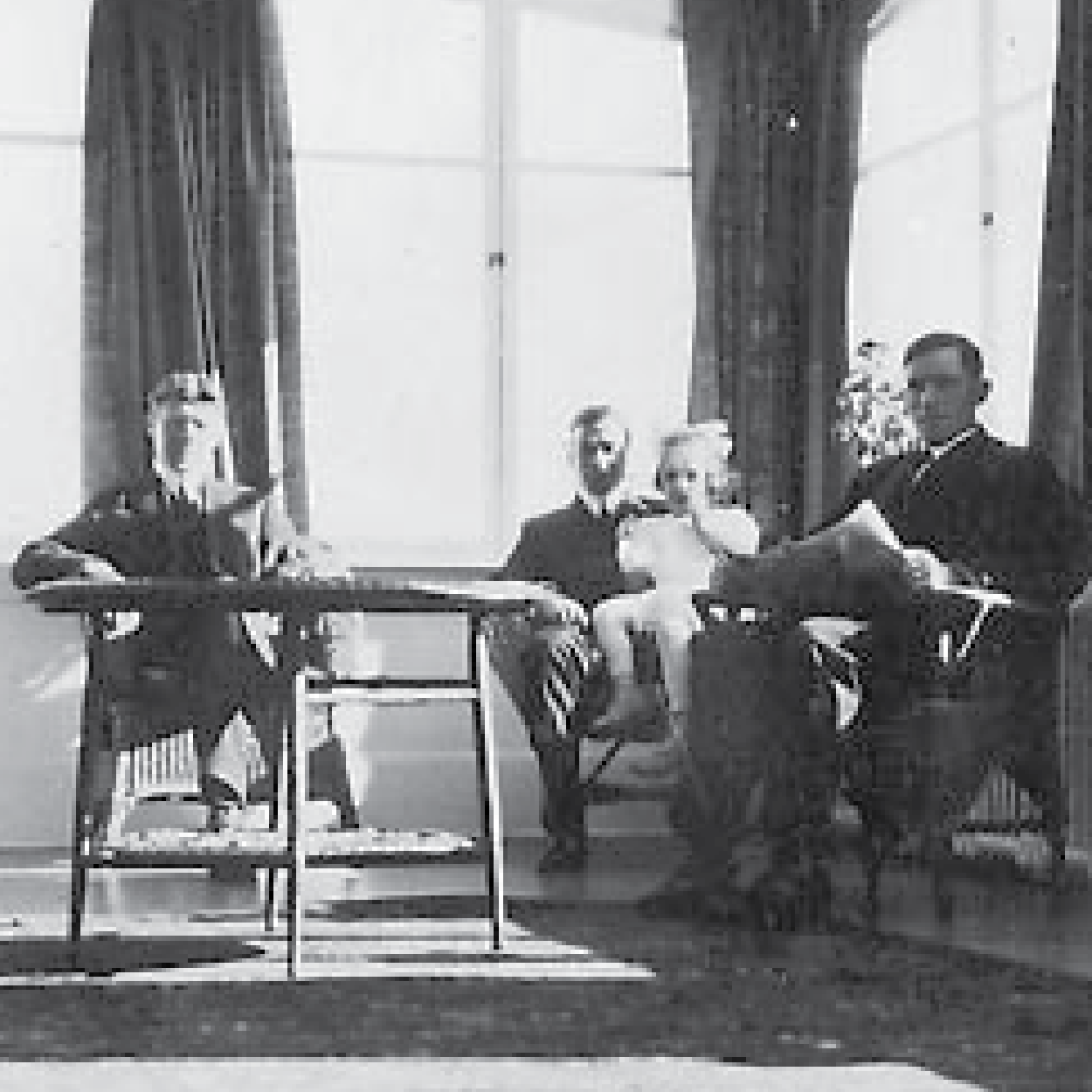Scarboro’s
Unique
History.
The neighborhood of Scarboro, located in the southwest quadrant of Calgary, was planned in swiftly-growing Calgary from 1909 to 1910 – a unique period in Calgary’s development – a significant achievement as Calgary’s first ‘picturesque suburb’ and illustrative of the Boom Era (1906-1912).
The designer of Scarboro was a gifted and dedicated landscape architect, John Charles Olmsted (1850-1920) of the famous Olmsted Brothers firm of Brookline, Mass., which had been founded by his adoptive father Frederick Law Olmsted, designer of Mount Royal Park in Montreal and co-designer of Central Park in New York City. Scarboro’s design was commissioned by Canadian Pacific Railway (CPR) to give Calgary the same stature as other well-appreciated cities in North America. CPR retained the Olmsted Brothers firm to create special designs in the City of Calgary that applied naturalistic principles in Bridgeland, Mount Royal, and Scarboro.
John Charles Olmsted’s mastery of landscape design is artistically displayed in Scarboro, where architecture is subordinated to the effects created by natural scenery. Scarboro’s streetscapes are plotted in harmony with its topographic features. Curvilinear streets trace the contours of the land, thus rendering walking, cycling, and driving a picturesque experience. The many ‘parklets’ that appear in Scarboro – small green triangles located at intersections of curving streets – are Olmsted signature features, found in the firm’s residential districts from 1869 to 1930. Scarboro was laid out as a system of parks and boulevards, fully built out in accordance with J.C. Olmsted’s original plan, and this plan has been retained up to the present day. It is distinctive as one of two fully built out Olmsted firm designs in Canada with strong integrity. The other, Uplands in Oak Bay, Victoria, BC, was designated as a National Historic Site in 2019.
For more information on the history of this historic neighborhood, please read Scarboro’s Historic Context Paper (2020).
Walking tour with Norval Horner.







